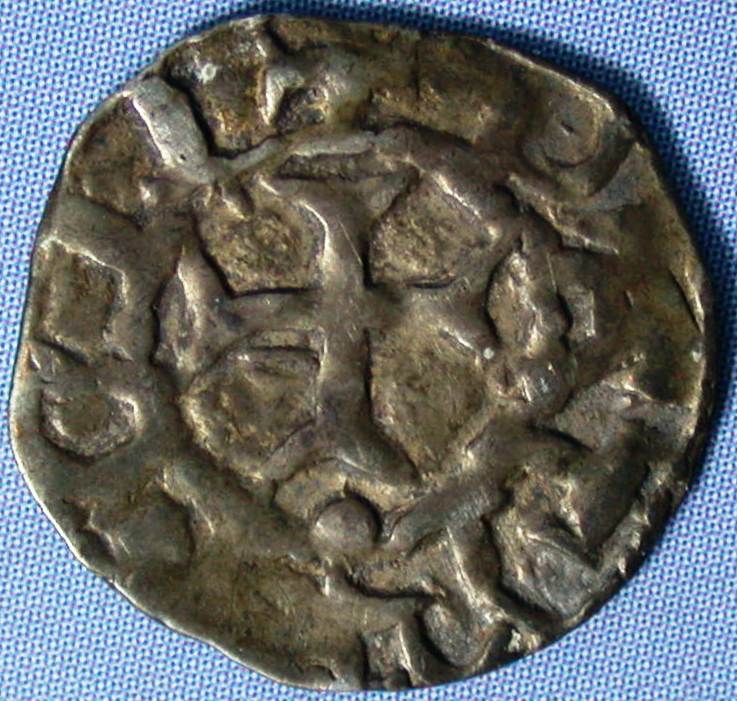|
Coinage Of The Republic Of Ireland
Since independence, there have been three sets of coins of Ireland, coins in Ireland. In all three, the coin showed a Celtic harp on the Obverse and reverse, obverse. The £sd, pre-decimal coins of the Irish pound had realistic animals on the reverse; the Decimal Day, decimal coins retained some of these but featured ornamental birds on the lower denominations; and the Irish euro coins, euro coins used the common design of the euro currencies. The pre-decimal and original decimal coins were of the same dimensions as the same denomination British coins, as the Irish pound was in a de-facto currency union with the British pound sterling. British coins were widely accepted in Ireland, and conversely to a lesser extent. In 1979, Ireland joined the Exchange Rate Mechanism and the Irish pound left parity with sterling; coin designs introduced after this differed between the two countries. Background The first coins minted in Ireland were produced in about 995 AD in Dublin for Ki ... [...More Info...] [...Related Items...] OR: [Wikipedia] [Google] [Baidu] |
Coins Of Ireland
Irish coins have been issued by a variety of local and national authorities, the ancient provincial Kings and High Kings of Ireland, the Kingdom of Ireland (1541–1801), the United Kingdom of Great Britain and Ireland (1801–1922), the Irish Free State (1922–1937), and the present Republic of Ireland. Since 2002, the Republic of Ireland has minted Euro coins, featuring symbols such as flax and the harp. History Hiberno-Norse coins Hiberno-Norse coins were first produced in Dublin in about 997 under the authority of King Sitric Silkbeard. The first coins were local copies of the issues of Aethelred II of England, and as the Anglo-Saxon coinage of the period changed its design every six years, the coinage of Sitric followed this pattern. Following the Battle of Clontarf in 1014, the Hiberno-Norse coinage ceased following this pattern and reverted to one of its earlier designs—the so-called 'long cross' type. Coins of this general design (with occasional new designs inco ... [...More Info...] [...Related Items...] OR: [Wikipedia] [Google] [Baidu] |
Kings Of Dublin
The Kingdom of Dublin (Old Norse: ''Dyflin'') was a Norsemen, Norse kingdom in Ireland that lasted from roughly 853 AD to 1170 AD. It was the first and longest-lasting Norse kingdom in Ireland, founded by Vikings who invaded the territory around Dublin in the 9th century. Its territory corresponded to most of present-day County Dublin. History The first reference to the Vikings comes from the ''Annals of Ulster'' and the first entry for 841 AD reads: "Pagans still on Lough Neagh". It is from this date onward that historians get references to ship fortresses or longphorts being established in Ireland. The Vikings may have first over-wintered in 840–841 AD. The actual location of the longphort of Dublin is still a hotly debated issue. Norse rulers of Dublin were often co-kings, and occasionally also List of monarchs of Northumbria#Kings of Jorvik, Kings of Jórvík in what is now Yorkshire. Under their rule, Dublin became the biggest slave port in Western Europe. The hinterland ... [...More Info...] [...Related Items...] OR: [Wikipedia] [Google] [Baidu] |
Circulation (currency)
In monetary economics, the currency in circulation in a country is the value of currency or cash (banknotes and coins) that has ever been issued by the country’s monetary authority less the amount that has been removed. More broadly, money in circulation is the total money supply of a country, which can be defined in various ways, but always includes currency and also some types of bank deposits, such as deposits at call. The published amount of currency in circulation tends to be overstated by an unknown amount. For example, money may have been destroyed, or stored as a form of security (the proverbial “money under the mattress”), or by coin collectors, or held in reserve within the banking system, including currency held by foreign central banks as a foreign exchange reserve asset. Domestic demand for currency The currency in circulation in a country is based on the need or demand for cash in the community. The monetary authority of each country (or currency zone) i ... [...More Info...] [...Related Items...] OR: [Wikipedia] [Google] [Baidu] |
Fantasy Issue
A fantasy issue is an unofficial issue that appears to be money (coin or paper note) but is privately made and is not legal tender nor intended for payment. It is also not considered counterfeit money, counterfeit as it does not attempt to replicate actual currency. Fantasy (or novelty) issues can be made to honor a person or event, for advertising purposes, for humor, for artistic purposes, or to show how a note might have looked had it been actually issued. Promotional fake United States currency, Fantasy issues from the United States are popular, featuring, for example, celebrities or non-standard denominations. In Britain, such fantasy or satirical paper issues are known as skit notes. They may also be made for the purposes of political propaganda.Ranko Mandic; ''Katalog fantazijskog metalnog novca jugoslovenskih zemalja (1934-1990)''; Moneta; Beograd; 1990 Propaganda Fantasy issues are often made by separatist or similar political movements. A large amount of money of th ... [...More Info...] [...Related Items...] OR: [Wikipedia] [Google] [Baidu] |

